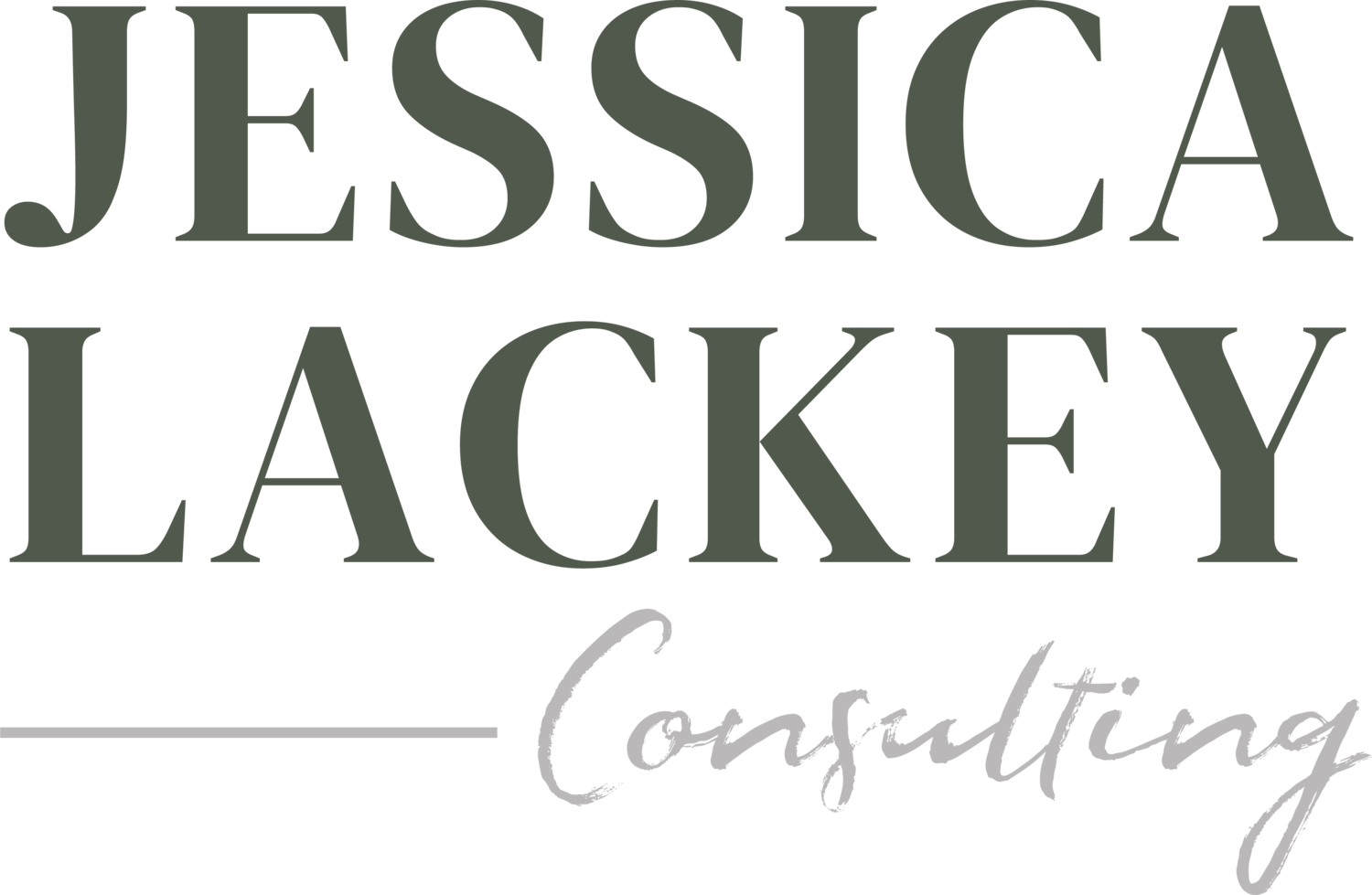Managing what Matters: Moving with intention towards your vision
When I was planning my corporate exit 4 years ago, I didn’t know my business vision.
In reality, my only goal was to never have to go back to a workplace that considered me a commodity and was prepared to throw me under the bus when things weren’t going well.
I wanted a way to make money that didn’t require me to show up bright eyed and bushy tailed at 8am and respond to emails at all hours.
I wanted to spend time at home with our new dog.
I did NOT want to have to make a soul-crushing commute through a very dangerous freeway interchange every day.
I wanted to wear comfortable clothes and go for walks in the middle of the day.
I had done the math, and knew what kind of revenue I needed to make in order to make that dream a reality. I had my lighthouse to provide a direction, or a filter for my decisions.
Having a vision, knowing your why, and turning that into high-level goals? This is important, don’t get me wrong. We have to start there.
Because in order to manage what matters, we have to know what matters to us. Knowing what are we optimizing for in our lives, what tradeoffs are we willing to make, what excites us as we grow.
But too often, this is where many people stop.
They spend time dreaming, focusing on the outcomes. Time spent getting even more clear on the long-term vision, the revenue goals, and the values of the business. You've got to be clear on the outcomes to manifest it into reality, right?
I didn't really know what I was actually going to offer in my business. While I had been certified as a life coach, I had figured out that straight up life coaching wasn’t for me.
So then came the hard part. Like actually... what do I do on a day-to-day basis to make this business a real business?
I discovered that what’s usually missing is the rest of the management system.
The system for actually propelling us to action, keeping us moving towards that vision and goals, and measuring our efforts to move even more sustainably to that vision. Systems to help us reflect on our vision and goals in a structured way, to check-in with ourselves on what has changed.
You can’t just set goals. You need plans.
“Once you answer a few big questions about who you want to serve and how you plan to be different, the heavy lifting of strategy is to find the set of actions you’re gonna take to make it happen. And specifically, that you unlock amazing strength and velocity when you get those actions from different parts of the organization to line up with one another. To cohere.
Because the opposite of strategic isn’t tactical or operational or in the weeds. The opposite of strategic is scattered.” - Write of Passage podcast
These are the plans written on the back of that vision card from 4 years ago when I was planning my exit… and these underlying plans (like connecting with 2-3 people per week and distilling my ideas into written material) are still activities I do today.
The Manage what Matters system takes that business vision and turns it into cohesive goals, plans, scorecards, and rhythms so you’re always managing what matters, in accordance to that business vision.
At the core of my business, this ultimately is what has built success for me.
The ability to consistently build plans towards my vision, execute them over time, see results, make changes, and reset my vision. Month in, month out.
Vision and Values: You have a clear vision for your business and an articulated set of values that you’ve translated into actionable insights. Here’s a post about what happens when your vision starts to include business leverage or scale.
Goals: The specific outcomes or tangible markers of that vision over a specific time period, often 90 days to 1-3 years.
Plans: The action steps and projects to get to those goals.
Scorecards and Forecasts: Tracking and forecasting results, across actions and outcomes, to measure progress, make decisions and adapt for the future. These are both numerical results (like metrics), and also celebrating business building projects and root-strengthening efforts.
Rhythms: The rituals to review what’s happened, recenter, and update that vision and next series of goals, plans and targets.
I’ve linked to a number of posts I’ve written on these topics over the years.
And my past classes on defining the right goals for you, turning them into plans, and revisiting them regularly are included in the Deeper Business Membership.
If you have a vision but don’t really know what you’re doing to get to that vision?
I’d love for you to switch your focus. Yes, set a vision, define some goals, hold them lightly without attachment, and set your direction.
But then shift to grounded action. Use a few hours refining clear plans and projects that ladder up to those goals. Create the support systems to help you execute on those plans, and start tracking your results.
Build the systems of your business one plan, one action, one result at a time.
And see what happens when the flywheel starts to move.
Assessment Questions
Do you have a documented vision and set of values for your business?
Do you create and maintain sales projections and a financial forecast?
Do you have business goals and documented near-term action plans or projects to reach those goals?
Do you maintain a scorecard with key metrics for your business?
Do you have regular rituals and rhythms to review and update your goals, projects, processes, and forecasts?
Are you current with your bookkeeping, invoicing, and tax payments, with processes to reduce any outstanding payments owed?
